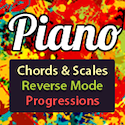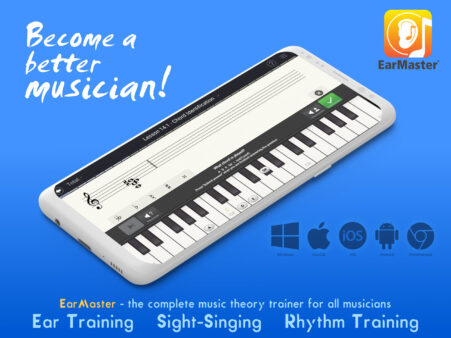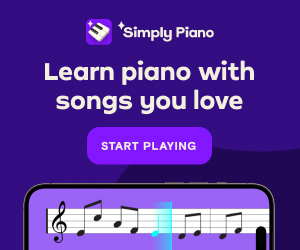The final day of the conference began with a session by Alejandro Cremaschi, a specialist in Latin American music, group piano, and technology.
He will primarily be covering pieces from Mexico, Cuba, Brazil, and Argentina with different rhythmic energies – from elegant salon pieces, to wild toccata-like music.
What can you learn by studying these pieces?
* Embodied rhythm
* Different rhythmic energies
* Direction (a combination of rhythm and shape)
* Syncopation
* Irregular rhythmic groupings
* Layering of rhythms
* Effective management of stamina
* Flexibility
Thinking Rhythm
* First thing we teach: steady pulse and counting rhythm
* Counting and clapping
-unit (counting the length of each note)
-metric (counting the number of beats in each measure)
-Kodaly’s “ti-ti-ta-ta”
Rhythmic Words
* Use of rhythmic words to help internalization
-“walk” – quarter note
-“whole-note-hold-it” – whole note
-“half-note” – half note
-“moun-tain” – eighth notes
-“Col-o-ra-do” – sixteenth notes
-“buf-fa-lo” – two sixteenth then eighth notes
-“blueberry” – eighth then two sixteenths
-“rabbit” – dotted quarter then eighth note
“pineapple” – triplet
Teaching Rhythm
* Sightreading and Rhythm Every Day by Helen Marlais and Kevin Olson
* Rhythmic dictation from early on
Rhythmic Performance
* Clap and count
* Marching and stomping the beat
* Conducting the beat (rhythmic solfege)
* Scatting with direction
Alejandro displayed a grid and then pointed out that humans have an “organic rhythm.” No matter how hard they try, their rhythm will never be perfectly aligned. This is what gives it life.
He had the attendees sing “Yankee Doodle” as if we had been riding the rides at Disneyland and were a bit worn out. It was boring and not engaging. Then he had us stand and march, with extra emphasis stomping on certain notes and big breaths between the phrases. Much more interesting and vibrant!
Alejandro recommended a book by Pedro de Alcantra. Integrated Practice: Coordination, Rhythm, and Sound by Oxford University Press.
Building blocks result of three types of energy:
* Preparation (p)
* STRESS (S)
* Release (r)
He related these rhythmic ideas to the ocean: you have a wave, then a bigger wave, then the biggest wave, then back down to a smaller wave again.
Latin American Music
* Dance and songs
* Origins
– Spanish/Portuguese
-African
-Indigenous
Habanera rhythm as origin of many 2/4 dances
-Tango, milonga, candombe, danza, danzon, cha-cha-cha, mambo, guaracha, maxixe, reggaeton, cumbia
For the remainder of the session, Alejandro played a variety of pieces from his handout to give us a musical idea of the rhythms he showed us and had us try clapping and snapping together.
He began by addressing the idea of rubato and tempo flexibility. Rubato is an oral tradition. You learn it by listening and observing; not by scientific explanation.
Alejandro played Odeon: Tango Brasileiro by Ernesto Nazareth (known as the Brazilian Joplin) to demonstrate how articulation can affect the rhythmic energy of the piece.
One idea for teaching cross-rhythms – march the eighth notes while humming/vocalizing the triplets.
The handout from today’s session is available at Alejandro’s website: http://www.alejandrocremaschi.com
















Leave a Reply